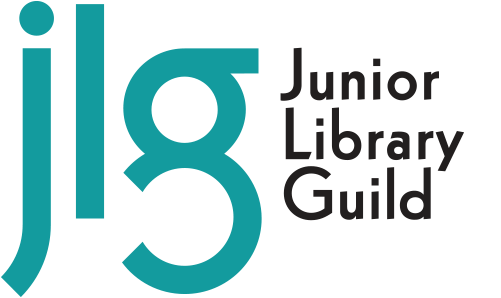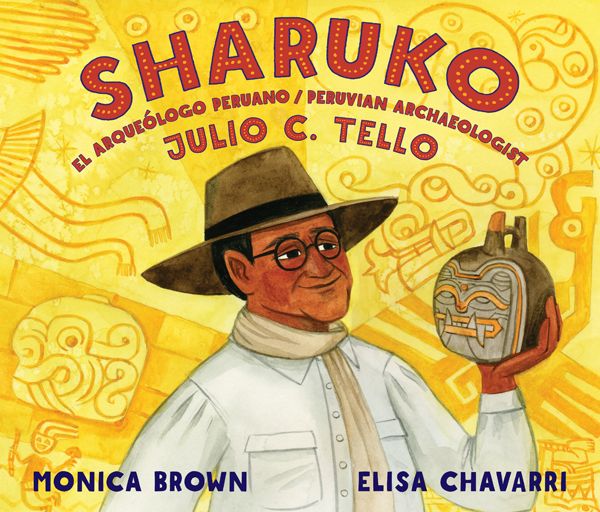
Sharuko: El Arqueólogo Peruano Julio C. Tello / Peruvian Archaeologist Julio C. Tello
By Monica Brown
Illustrators
Illustrated by Elisa Chavarri
Edition
By Monica Brown
Hardcover edition
Publisher Lee & Low Books Imprint Children's Book Press ISBN9780892394234
Awards and Honors 2021 Belpre Honor Book for IllustrationSharuko: El Arqueólogo Peruano Julio C. Tello / Peruvian Archaeologist Julio C. Tello
 12
12
Out of stock
SKU
9780892394234J
Growing up in the late 1800s, Julio Tello, an Indigenous boy, spent time exploring the caves and burial grounds in the foothills of the Peruvian Andes. Nothing scared Julio, not even the ancient human skulls he found. His bravery earned him the boyhood nickname Sharuko, which means brave in Quechua, the language of the Native people of Peru.
At the age of twelve, Julio moved to Lima to continue his education. While in medical school, he discovered an article about the skulls he had found. The skulls had long ago been sent to Lima to be studied by scientists. The article renewed Julio's interest in his ancestry, and he decided to devote his medical skills to the study of Peru's Indigenous history.
Over his lifetime, Julio Tello made many revolutionary discoveries at archaeological sites around Peru, and he worked to preserve the historical treasures he excavated. He showed that Peru's Indigenous cultures had been established thousands of years ago, disproving the popular belief that Peruvian culture had been introduced more recently from other countries. He fostered pride in his country's Indigenous ancestry, making him a hero to all Peruvians. Because of the brave man once known as Sharuko, people around the world today know of Peru's long history and its living cultural legacy.
At the age of twelve, Julio moved to Lima to continue his education. While in medical school, he discovered an article about the skulls he had found. The skulls had long ago been sent to Lima to be studied by scientists. The article renewed Julio's interest in his ancestry, and he decided to devote his medical skills to the study of Peru's Indigenous history.
Over his lifetime, Julio Tello made many revolutionary discoveries at archaeological sites around Peru, and he worked to preserve the historical treasures he excavated. He showed that Peru's Indigenous cultures had been established thousands of years ago, disproving the popular belief that Peruvian culture had been introduced more recently from other countries. He fostered pride in his country's Indigenous ancestry, making him a hero to all Peruvians. Because of the brave man once known as Sharuko, people around the world today know of Peru's long history and its living cultural legacy.
|
Standard MARC Records Cover Art |
Spanish Elementary (Grades 3-5)
Spanish Elementary
Spanish Elementary (Grades 3-5)
For Grades 3-5
This collection offers culturally relevant and linguistically rich Spanish-language books, featuring a mix of fiction and nonfiction. With engaging storytelling and educational content, these books help young readers expand their Spanish literacy skills.
12 books per Year
$191.64 per Year
Interests
Chapter Books, ESL, Fiction, Nonfiction



